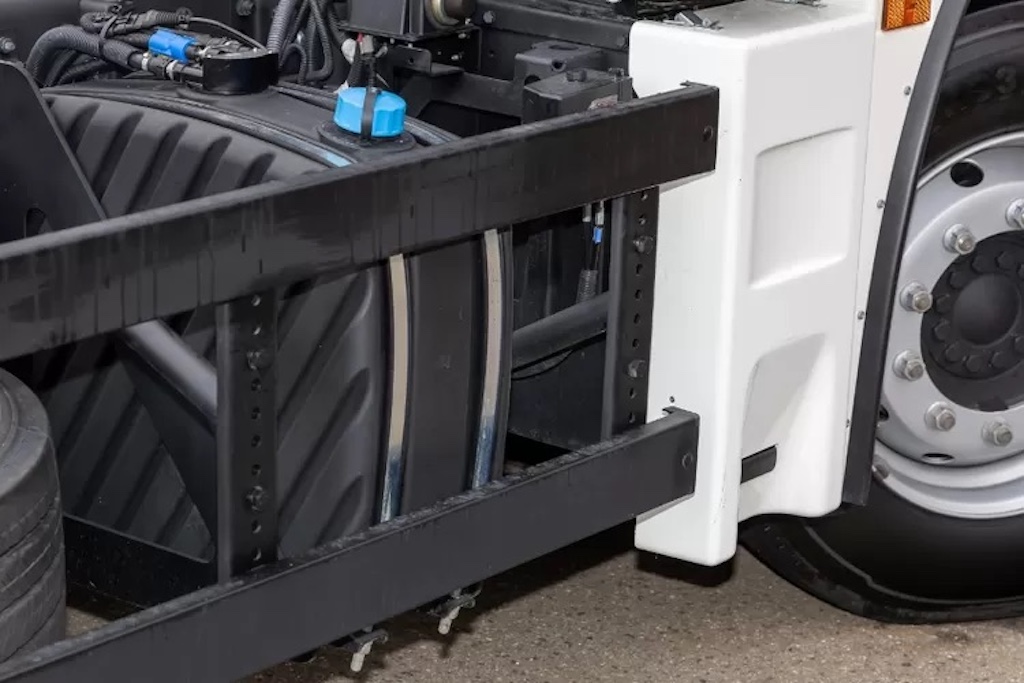Selective Catalytic Reduction (SCR) systems are critical components in reducing harmful nitrogen oxide (NOx) emissions from industrial processes and large diesel engines. These systems require regular maintenance to ensure optimal performance, minimize environmental impact, and maximize engine efficiency.
The Role of Important Components of the SCR System
The SCR system consists of several key components, each of which plays a critical role in its overall function:
First, the Catalyst. At the heart of the SCR system, the catalyst is a honeycomb structure coated with a specific metal that triggers a chemical reaction between the exhaust gas and the injected reagent (AdBlue®). This reaction converts harmful NOx into harmless nitrogen gas and water vapor.
Second, the AdBlue® Injector. This component precisely injects the AdBlue® solution, a mixture of urea and deionized water, at the optimal location in the exhaust system. Correct dosage and placement of AdBlue® are critical to efficient NOx reduction.
Third, is the Control Unit. The brain of the SCR system, the control unit monitors engine parameters such as exhaust temperature and NOx levels. Then calculate the right amount of AdBlue® to inject to ensure optimal NOx conversion while maintaining engine performance.
Thus expressed Rama Nugraha and Genta Ginanjar Founder, Co-Founder, and Owner of PT Hasgara Cipta Gusana (Hasgara). This company is the first German Diesel Exhaust Fluid (DEF) brand holder in Indonesia, namely AdBlue®. This product makes diesel engine vehicle exhaust gas more environmentally friendly.
Maintenance Benefits
According to Genta, regular maintenance of the SCR system is essential for several compelling reasons:
First, increased Reduction Efficiency.
Second, NOx. Proper maintenance ensures that the SCR system is operating at peak capacity, effectively converting NOx into harmless nitrogen and water vapor.
Third, reduced operating costs. Regular maintenance helps prevent costly breakdowns and repairs, minimizing downtime and associated costs.
Fourth, extended system life. Timely maintenance extends the life of the SCR system, delaying the need for costly replacements.
Fifth, environmental compliance. Maintaining optimal SCR® performance ensures compliance with stringent NOx emission regulations.
Sixth, Key maintenance tasks.
Seventh, Reagent Level Monitoring. Regularly check and refill the reagent solution (AdBlue®), which is used in the NOx reduction process.
Eighth, catalyst inspection. Check the catalyst for signs of damage or wear, which can interfere with NOx reduction efficiency.
Ninth, control system inspection. Verify that the SCR control system, including sensors, actuators, and software, is functioning properly.
Tenth, cleaning, and maintenance procedures. Perform routine cleaning and maintenance procedures as recommended by the SCR system manufacturer.
Routine maintenance of the SCR system, Genta said, is an investment in optimal performance, environmental compliance, and overall cost-effectiveness. By implementing a comprehensive maintenance program, organizations can ensure that their SCR systems continue to operate efficiently, reduce NOx emissions, and protect the environment.
Read other Articles: The Importance of Regular SCR System Maintenance for Optimal Performance

